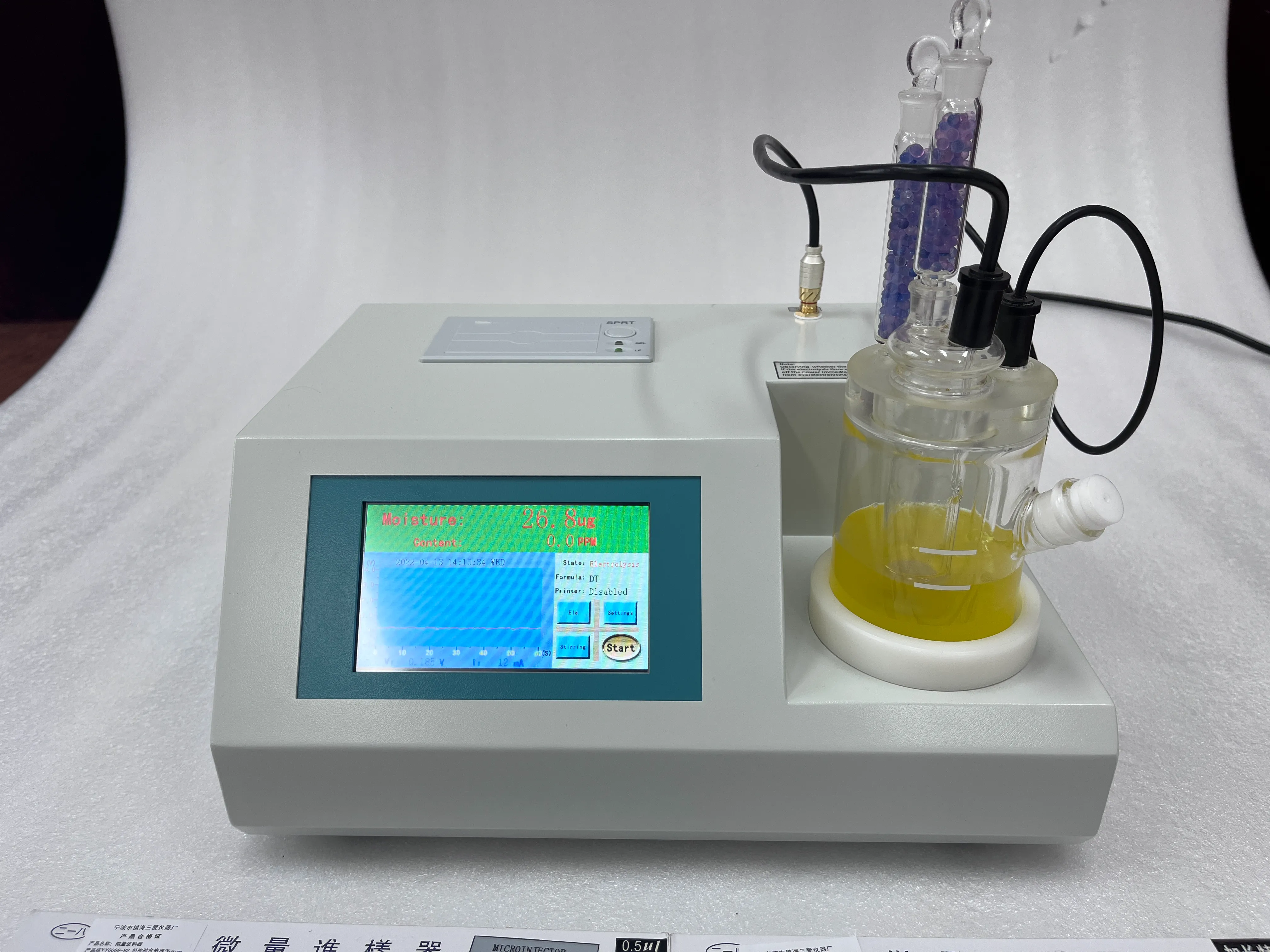 English
English


gas chromatography with headspace
Gas Chromatography with Headspace Analysis An Overview
Gas chromatography (GC) is a powerful analytical technique widely used in various fields, including environmental monitoring, food and beverage quality control, and pharmaceuticals. One of the innovative applications of GC is headspace analysis, which allows for the examination of volatile compounds present in a sample without direct immersion of the sample into the chromatographic system.
Headspace gas chromatography (HS-GC) focuses on analyzing the vapors released from solid or liquid samples at a defined equilibrium state. In this process, the sample is placed in a sealed vial, and the headspace above the sample is analyzed. This technique is particularly advantageous when dealing with volatile organic compounds (VOCs) because it minimizes the sample's contact with solvents and reduces the risk of contamination.
The HS-GC process begins with the sample being heated to accelerate the release of volatile components into the headspace. After achieving equilibrium between the sample matrix and the gas phase, a defined volume of headspace gas is sampled using a syringe or an autosampler. The extracted gas is then injected into a gas chromatograph, where it is separated into individual components based on their volatility and interactions with the stationary phase of the column.
gas chromatography with headspace

One of the significant advantages of HS-GC is its efficiency in preparing samples for analysis. Traditional methods can be time-consuming and often involve complex sample preparation steps, such as liquid-liquid extraction or solid-phase microextraction. In contrast, HS-GC significantly reduces preparation time and sample handling, making it a preferred choice for many laboratories.
Moreover, HS-GC provides excellent sensitivity and resolution, allowing for the detection of trace levels of volatile compounds in various matrices, such as drinking water, food products, and industrial samples. This capability is essential for quality assurance and regulatory compliance, as it enables the identification and quantification of harmful substances, such as pesticides, solvents, and flavor compounds.
Additionally, advancements in gas chromatography technology, including the development of more sensitive detectors (like mass spectrometry) and better column materials, have further enhanced the analytical capabilities of HS-GC
. As a result, this technique continues to evolve, becoming more accessible and versatile for various applications.In summary, gas chromatography with headspace analysis offers a rapid, efficient, and reliable method for analyzing volatile compounds in a wide range of samples. Its ability to minimize sample preparation and enhance detection sensitivity makes it an invaluable tool for researchers and industries committed to ensuring product safety and quality.
-
Differences between open cup flash point tester and closed cup flash point testerNewsOct.31,2024
-
The Reliable Load Tap ChangerNewsOct.23,2024
-
The Essential Guide to Hipot TestersNewsOct.23,2024
-
The Digital Insulation TesterNewsOct.23,2024
-
The Best Earth Loop Impedance Tester for SaleNewsOct.23,2024
-
Tan Delta Tester--The Essential Tool for Electrical Insulation TestingNewsOct.23,2024





